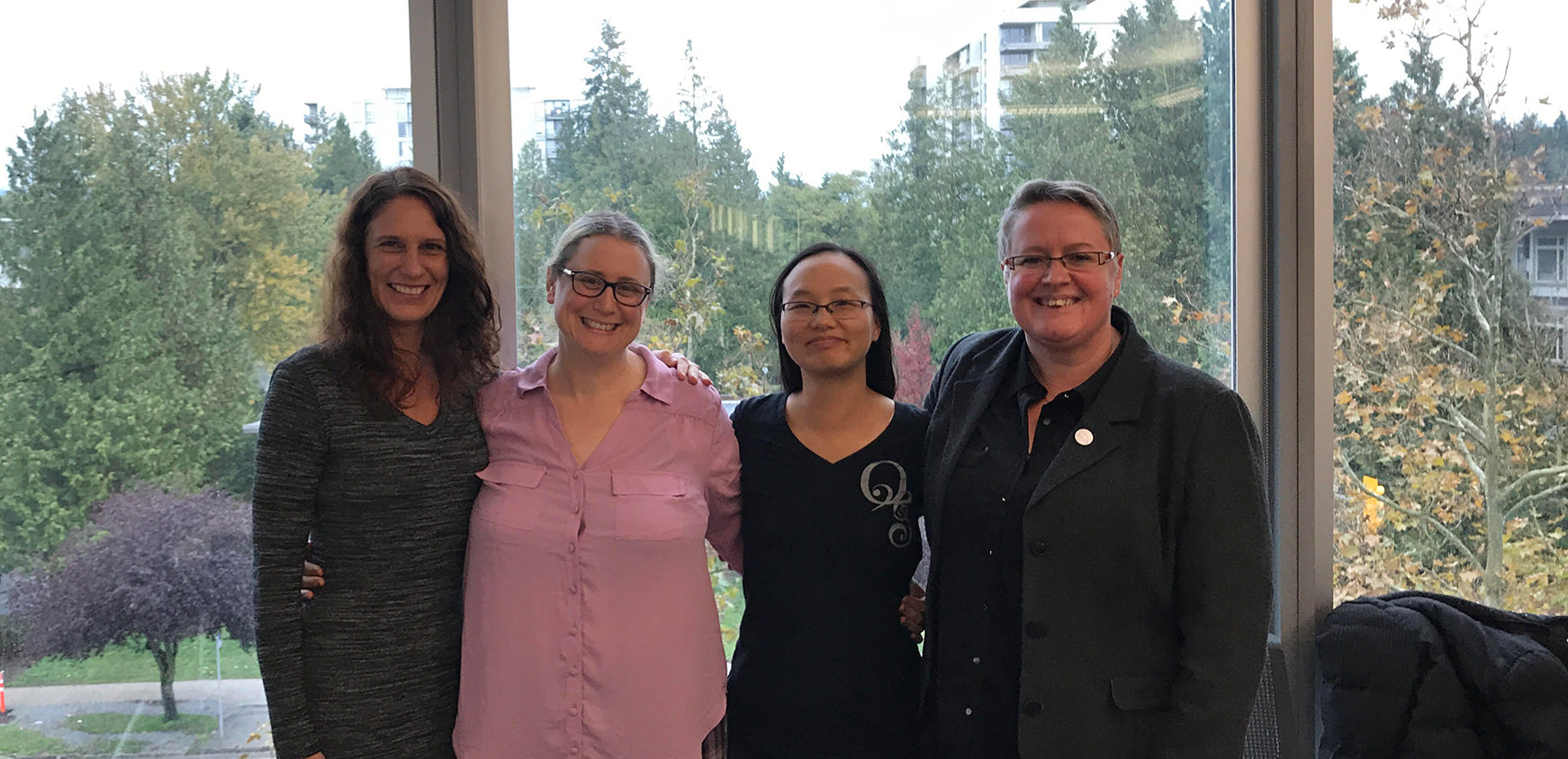Update: We are happy to report that the modules described in this article are now open to the public! Are you interested in learning about how to meaningfully engage with patient partners from diverse backgrounds?
Have knowledge or resources to share? Interested in creating your own Tapestry? You can add your own content or ask questions by completing this Qualtrics form. We want to hear from you!
Hello CREST.BD readers! This blog post is the first in a multi-part series from BC SUPPORT Unit, describing their exciting new project to involve more diverse groups of people in health research. In this blog post, Dr. Iva Cheung writes about the need to represent diverse populations within patient-oriented research, and how this project will address this need.

British Columbia’s population is richly diverse. Shouldn’t patient engagement in research reflect that reality?
We’re working on a series of educational tools that will support researchers and patient partners in embracing diversity.
Who’s “we”?
Broadly speaking, “we” are a team of patient partners and researchers working on a project in the BC SUPPORT Unit’s Patient Engagement Methods Cluster, co-led by Dr. Erin Michalak, from the University of British Columbia’s Department of Psychiatry, and Dr. Steven Barnes, from UBC’s Department of Psychology. But “we” is dynamic and ever changing, growing as our project develops.

Dr. Erin Michalak

Dr. Steven Barnes

Dr. Iva Cheung

Dr. Rachelle Hole

Beverley Pomeroy

Linnea Ritland

Ryan Tine

Dr. Michelle Walks
Patient engagement in research is about doing research with patients, rather than doing research about or for patients. Authentic patient engagement involves giving patients the power to decide a research agenda, co-create knowledge with researchers as partners, and strategize the best ways to put that knowledge into action. By “patients,” we mean people who have personal experience with a health condition or issue, as well as the people who care about and support them, including family members and friends.
The BC SUPPORT Unit’s Patient Engagement Methods Cluster aims to advance the science of patient engagement. In other words, how can we do patient engagement better?
Why are you doing this project?
When it was first established, the Patient Engagement Methods Cluster undertook an extensive consultation involving patients, researchers, policy makers, health care service providers, health research funders, and other community stakeholders to identify compelling patient engagement research to support across our province.
A prominent theme that came up over and over was that patient engagement in research must embrace diversity. The consultation found that, among patient partners engaged in research, certain populations were underrepresented.
These populations face various barriers to participating as patient partners—for example, power dynamics between researchers and patients can make patients feel disrespected; researchers may not understand and accommodate patients’ physical, psychological, spiritual, and cultural needs in a way that allows patient partners to be heard and to feel safe; and patients may not have the financial means to travel or take time out of their day to participate. Our project aims to help dismantle these barriers so that the people we need most to be involved in research are able to participate, contributing to higher-quality, more relevant research that will benefit patient partners and communities.

Team members Dr. Erin Michalak, Dr. Michelle Walks, Dr. Iva Cheung, and Beverley Pomeroy gathered on October 16th to plan the LGBTQ2+ educational module.
What does this project involve?
First we’re scouring the internet and the academic literature for existing resources that support researchers in engaging a diverse population of patient partners. If useful tools are already out there, why reinvent the wheel?
In the course of this work, we’ll undoubtedly find that certain populations are less well served, and these are the gaps we’ll aim to fill with our five educational modules.
One of our modules will set the stage by showcasing the value of fostering diversity in patient engagement in research and giving an overview of currently available tools and resources.
A second module will focus on the needs of people in LGBTQ2+ communities, identified early on as an underrepresented and underserved group.
The remaining three modules will fill some of the additional gaps we’ve found based on our scan for existing resources and on what our community consultations have told us.
The educational modules will use Tapestry, an online platform developed by Dr. Barnes at UBC that makes it easy for instructors and creators to publish interactive, user-centred content with different types of media. Unlike traditional education modules, where the content is shaped by instructional designers and delivered in one direction from instructor to student, our modules will be co-created with patient partners representing the underserved populations we’ve identified and incorporate their expertise and lived experience.
As we launch the modules, we’ll also evaluate how well they’re engaging their audience of health researchers and patient partners.
What are the next steps?
We’re almost finished putting together a list of existing resources and using that to identify the major gaps that will become the topics for our modules. For each of the modules we’ll be putting together teams of patient partners and researchers to co-create the content.
If you’d like to learn more about the project, you can view an introductory video narrated by Dr. Michalak.
In our next blog post, we’ll consult with you on the most promising areas identified by our scan for the three remaining modules and invite patient partners and researchers to put their names forward to co-lead the development of those modules (and, yes, there’s funding available for involvement!). In the meantime, please feel free to contact Dr. Michalak or me, Iva Cheung. My role is to shepherd this project through its various stages, and I’d be delighted to answer your questions.





Leave a Reply